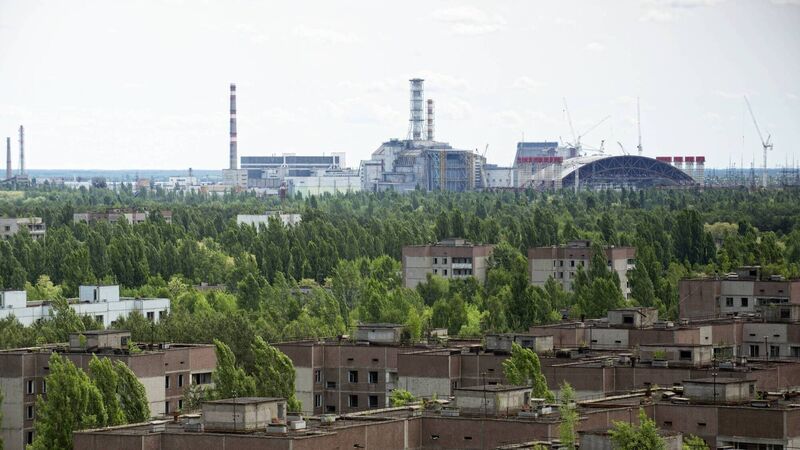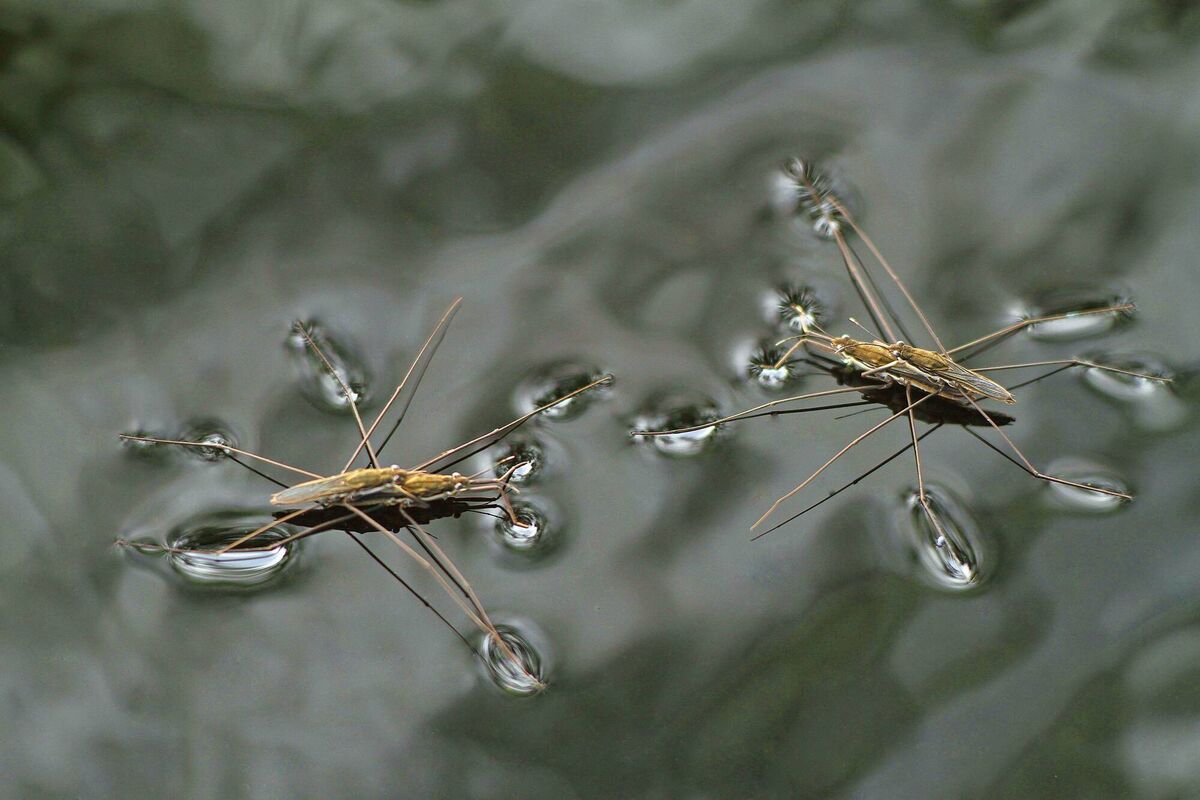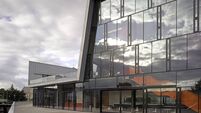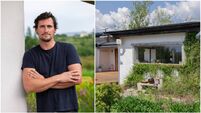Damien Enright: Humans are not necessary to the planet, in fact we're superfluous

The ghost town of Pripyat at Chernobyl has seen mother nature reclaim much of the land. Picture: iStock
Last week, before the shower-an-hour of this May weather, we had water skaters skittering across the surface of our small pond. How great it was to see a band of insects, quite harmless to ourselves, feeding and, perhaps, mating on the garden pond. Insects are becoming rarer every year. The over-use of insecticides is a great pity and accelerates the end of nature and ourselves.
Many readers will have been locked up for most of 18 months now. Our absence from the outdoors gave nature a respite from the depredations we have made necessary in order to support our burgeoning global population.
While we were indoors, the world outside continued and, almost literally, breathed a sigh of relief. In previously manicured gardens, I see a proliferation of wildflowers and weeds, sustenance for wildlife. Even the trees seem to have leafed more lavishly that a few spring-times ago. It’s depressing to see hedgerows unnecessarily scalped. Those who do it, must stop.
We’re not necessary to the life of the planet. We’re, in fact, superfluous. Our cutting down of all the forests and destruction of the bogs and wetlands that once covered the skin of Ireland didn’t do its indigenous creatures any good. They were doing just fine when humans arrived, evolved from other life forms over millennia or suddenly created, at the snap of God’s fingers. Either way, we took a Garden of Eden and, with sophisticated but unthinking brains, started to destroy it. We must act to make our, now necessary, alterations sustainable.

Maybe we’re getting sense at the last minute. Small things indicate a spreading concern, very small things sometimes. This week, fresh meat bought at the supermarket butcher’s counter was provided in sealed Compostable-Recyclable-Sustainable paper bags. Quite a mouthful to say, but what a difference from red meat in plastic bags. We have to start somewhere.
A book I recently read details the evidence that nature can survive and do better without us. It will do better if we disappear. During the 300 day-long Battle of Verdun in 1916, some 40,000,000 explosive shells were dropped on the area, six per square metre. A century later it is still too dangerous and broken to be inhabited, but it is not a problem for the birds and the trees. At its centre is the Place à Gaz where 200,000 rounds of chemical weapons were burned, turning the soil into dust. A 2007 survey found that the soil is 17% arsenic.
However — and this the thesis of the book — nature has extraordinary ways of recovery. The re-greening and flourishing wildlife of the Chernobyl exclusion zone is well known. Tough grasses and lichens invade such areas, followed by a ‘miracle plant’, a moss called Pohlia nutans which absorbs poisonous heavy metals from the soil and accumulates them in the leaves. It grows all over the northern hemisphere. As human populations move into cities, land is abandoned and left to its own survival devices. Similarly, marginal land, only viable by input of vast amounts of fertiliser. No longer treated with chemicals or insecticides, such ‘unusable land’ recovers and helps balance carbon emissions. Afforestation also works.
In the US, an example of toxic human destruction is a tidal strait known as Arthur Kill between Staten Island and New Jersey. It is too poisonous for humans to visit. The gourmet Newark Blue-clawed crabs have thrived there, but a single one carries enough dioxin to give one cancer.
Animals also thrive by being left alone. When the last humans left Swona, a Scottish island, in the mid-1970s they didn’t take their cattle with them. It was assumed that, abandoned of human management, they’d be doomed. Now, 50 years later, they have survived through several generations. However, they are hostile to humans, and wild and dangerous, no longer behaving like domesticated cattle but reverting to pre-domestication patterns.
They intentionally trample the bones of their dead. They are attentive, even reverential, around the dying. In this, the author contends, we see ‘the true nature of an animal dismissed as a dim-witted, cud-chewing automaton. They give us an insight into the weight afforded to death among a species we farm and slaughter on an industrial scale’
I saw a banner in Cork recently, demanding ‘Stop the Live Export of Calves!’ Experts contributing to an article the Guardian newspaper say it would be “kinder to shoot” the hundreds of thousands of unwanted male dairy calves due to be born in Ireland this year, rather than export them to the Middle East or let them die on the farm.
It’s little wonder that the cattle of Swona don’t want human beings to return.

Unlimited access. Half the price.
Try unlimited access from only €1.25 a week
Already a subscriber? Sign in
CONNECT WITH US TODAY
Be the first to know the latest news and updates









